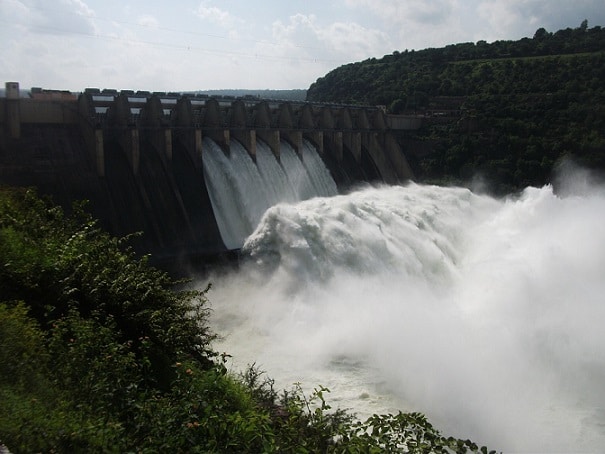According to the Millennium Development Goals, a lot of work has been put in to ensuring that every person on earth has access to drinkable water and sanitation, but how far along are we in really achieving this goal?
How many people still relieve themselves in the open air, and how many still do not have access to water that is fit for human consumption? Even while we have made significant progress, we still have a long way to go, and we only have five years to complete the task at hand.
How Close Are We to Meeting Our Goal of Providing Everyone with Access to Clean Water and Sanitation?
The WHO/Unicef Joint Monitoring Programme, which has been collecting information and tracking the progress of the global effort to rescue the number of those without since 2009, estimates that approximately 946 million people around the world still relieve themselves in the open air when they have to use the restroom. This information was gathered from surveys and interviews conducted by WHO and UNICEF staff members.
Eritrea comes in first place on this list with approximately 77% of its population still defecating in the open. This practise can lead to contamination of water sources that are used for drinking purposes as well as the spread of water-related diseases such as diarrhoea, cholera, hepatitis A, dysentery, and typhoid.
Ethiopia, which is Eritrea’s neighbour, has made a deliberate effort to eradicate the practise of open defecation and has made remarkable strides, with the percentage of people defecating in the public reducing from 92% in 1990 to 29% in 2015. This is a significant decrease. This was accomplished thanks to the collaboration of the government as well as the several donors that contributed to the area of sanitation.
It is estimated that approximately 82% of people living in urban areas have access to improved sanitary facilities, while only approximately 51% of people living in rural regions have access to facilities of a comparable nature. It is estimated that there are still over 2.4 billion people in the world who do not have access to improved sanitation. The majority of these people live in areas of the world such as sub-Saharan Africa, the Caribbean, Asia, and Latin America. Since 2009, the percentage of people living in sub-Saharan Africa who lack access to sanitation facilities has actually increased, reaching 17% of the total population. This increase was caused by rapid population expansion in addition to insufficient improvement.
Because of this, the Millennium Development Goal target to increase the percentage of the world’s population with access to improved sanitation from 54% in the year 2000 to 77% in the year 2015 has not been met; in fact, the target has been missed by approximately 700 million people, and 57 countries have made “no or limited progress.”
The percentage of the world’s population that has access to clean water has increased to 91%, up from 76% in the year 1990 when the number was the lowest it has ever been.
Even while we have made some headway, we still have a long way to go, and we need to do it soon. There are still an unacceptable number of individuals who lack access to safe drinking water and sanitary facilities.
Living-Water is the place to go to rent a water cooler in London. Get London water delivery.






